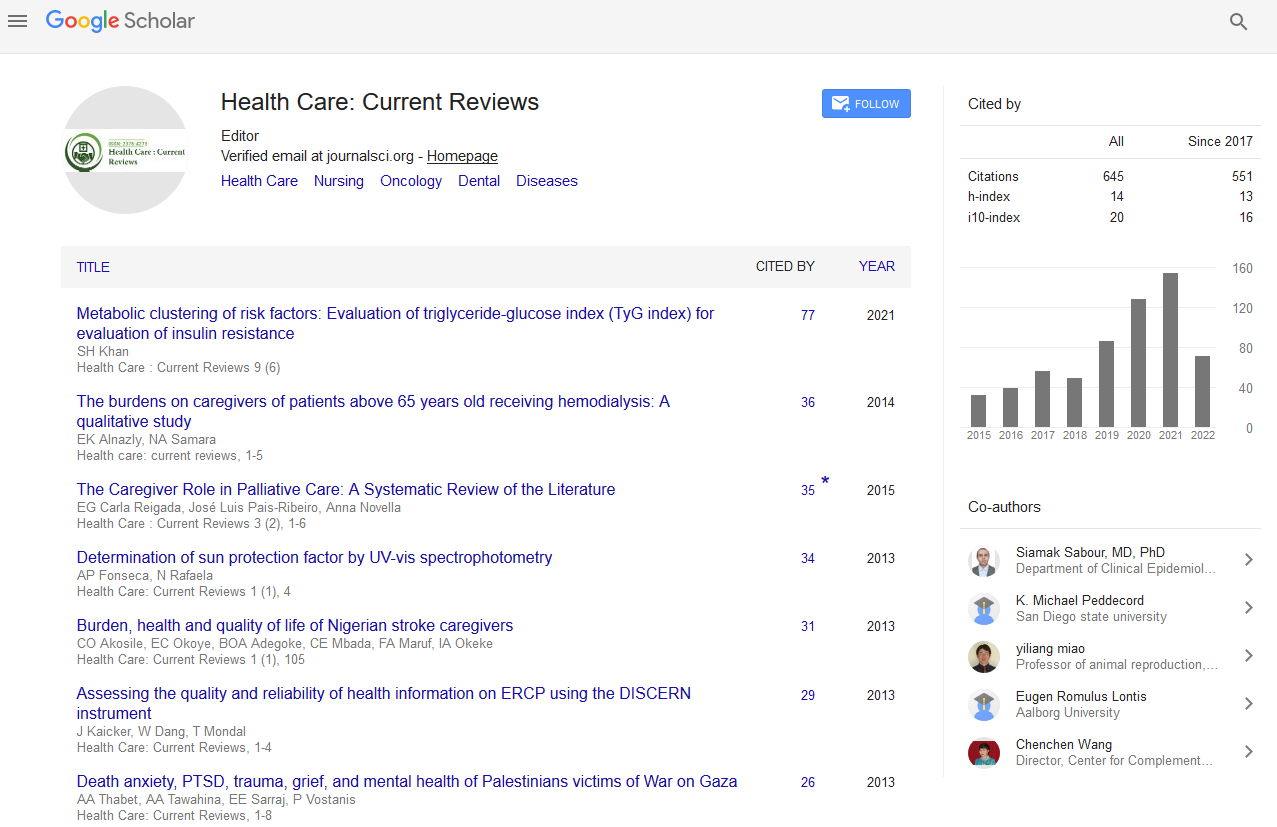PMC/PubMed Indexed Articles
Indexed In
- Open J Gate
- Academic Keys
- RefSeek
- Hamdard University
- EBSCO A-Z
- Publons
- Geneva Foundation for Medical Education and Research
- Google Scholar
Useful Links
Share This Page
Journal Flyer

Open Access Journals
- Agri and Aquaculture
- Biochemistry
- Bioinformatics & Systems Biology
- Business & Management
- Chemistry
- Clinical Sciences
- Engineering
- Food & Nutrition
- General Science
- Genetics & Molecular Biology
- Immunology & Microbiology
- Medical Sciences
- Neuroscience & Psychology
- Nursing & Health Care
- Pharmaceutical Sciences
Abstract
Access to Liver Transplantation and Patient Survival among Asian Populations: Pre-Share 35 vs. Post-Share 35
Abstract Background: Studies addressing ethnic disparities and trends in liver transplantation for Asian population is scant. The objective of this study was to examine the impact of Share 35 policy on Asian patients’ access to liver transplantation and outcomes since its implementation in June, 2013. Methods: A total of 11,910 adult white and Asian patients who were registered for deceased donor liver transplantation between 2012 and 2015 were identified from UNOS database. Logistic regression and proportional hazards models with adjustment for demographic, clinical, and geographic factors were used to model the access to liver transplantation and patient survival. Stratification on pre- and post-Share 35 periods was performed to compare the first 18 months of Share 35 policy to an equivalent time period. Results: Comparison of the pre- and post-Share 35 periods showed significantly decreased time on waiting list and higher proportions of patients receiving liver transplantation for Asian patients. Asians shared similar transplant rates as whites (OR: 1.15, 95% CI: 0.80-1.67) but experienced significantly longer waiting time (HR: 0.56, 95% CI: 0.34-0.92) before they received liver transplantation after Share 35 policy took effect. No significantly post-transplantation survival difference has been observed between Asians and whites at the one and half year outcome. Conclusion: Asian patients are still at greater risk of disparities in access to liver transplantation under the Share 35 policy. Future researches with long-term follow-up time are recommended to continuously evaluate the effectiveness of the new policy.


